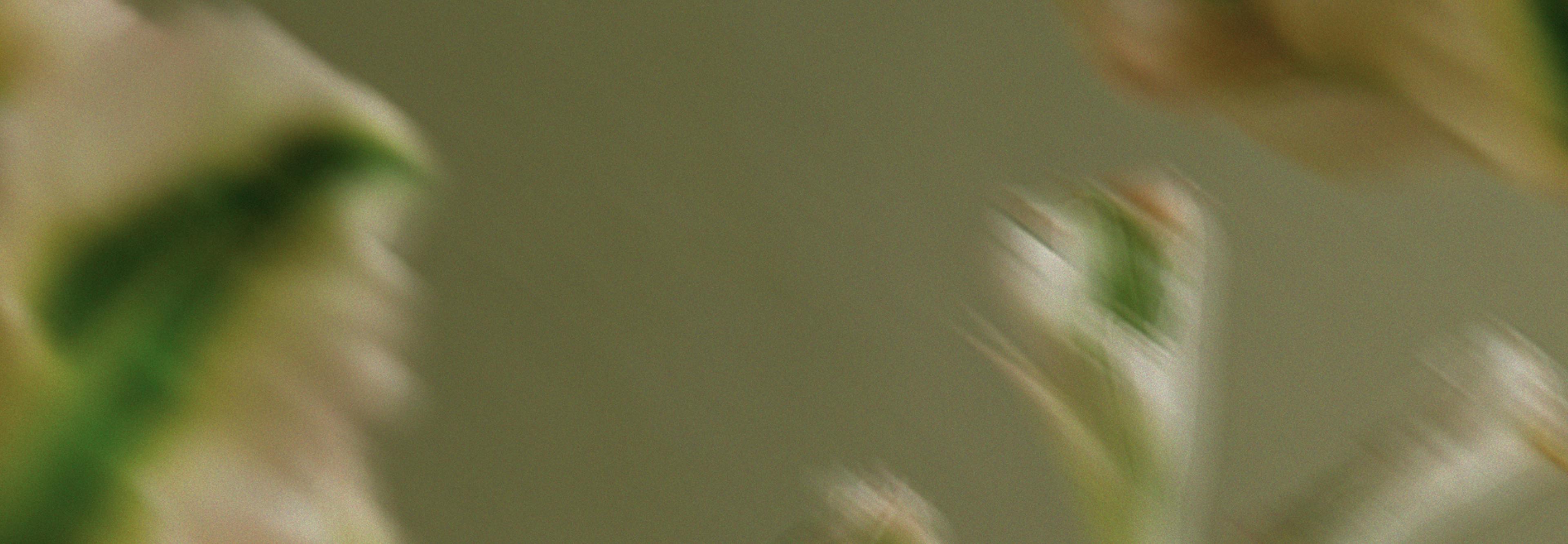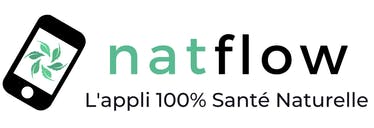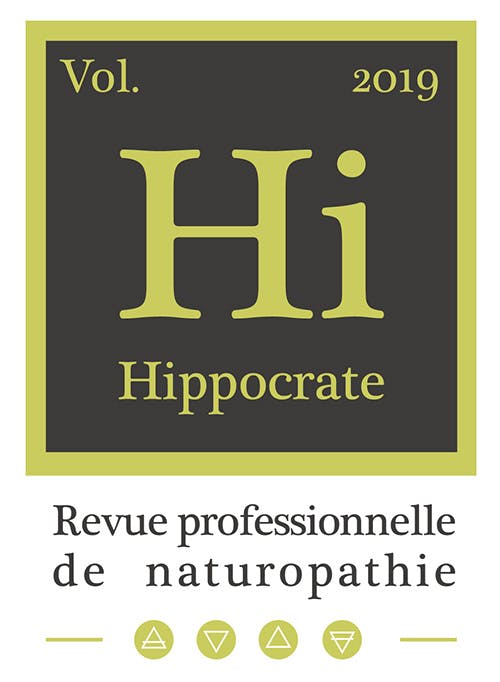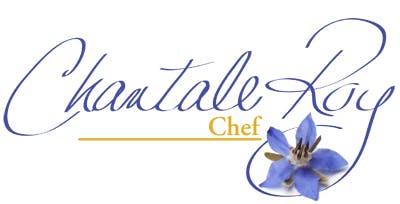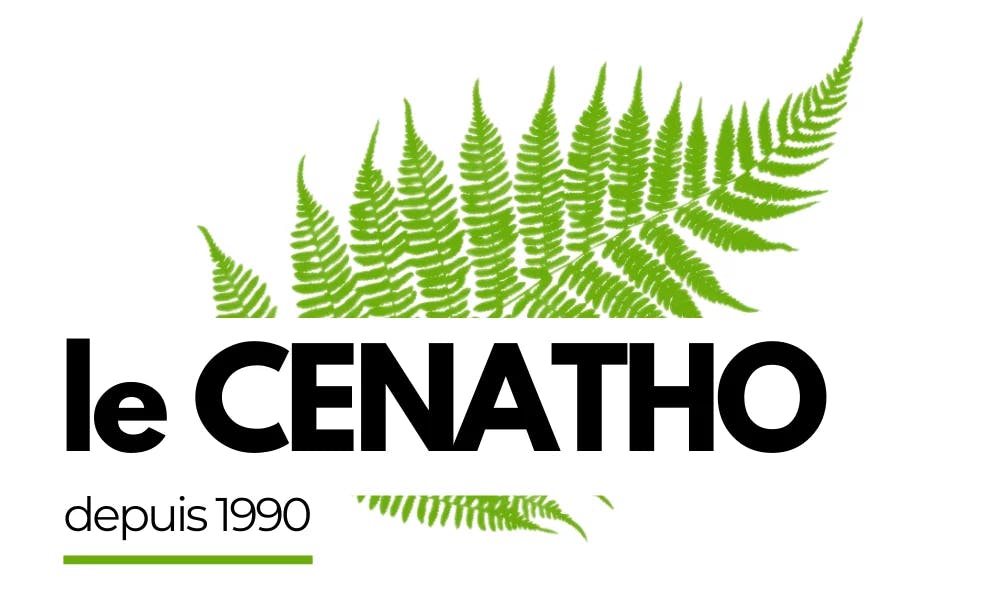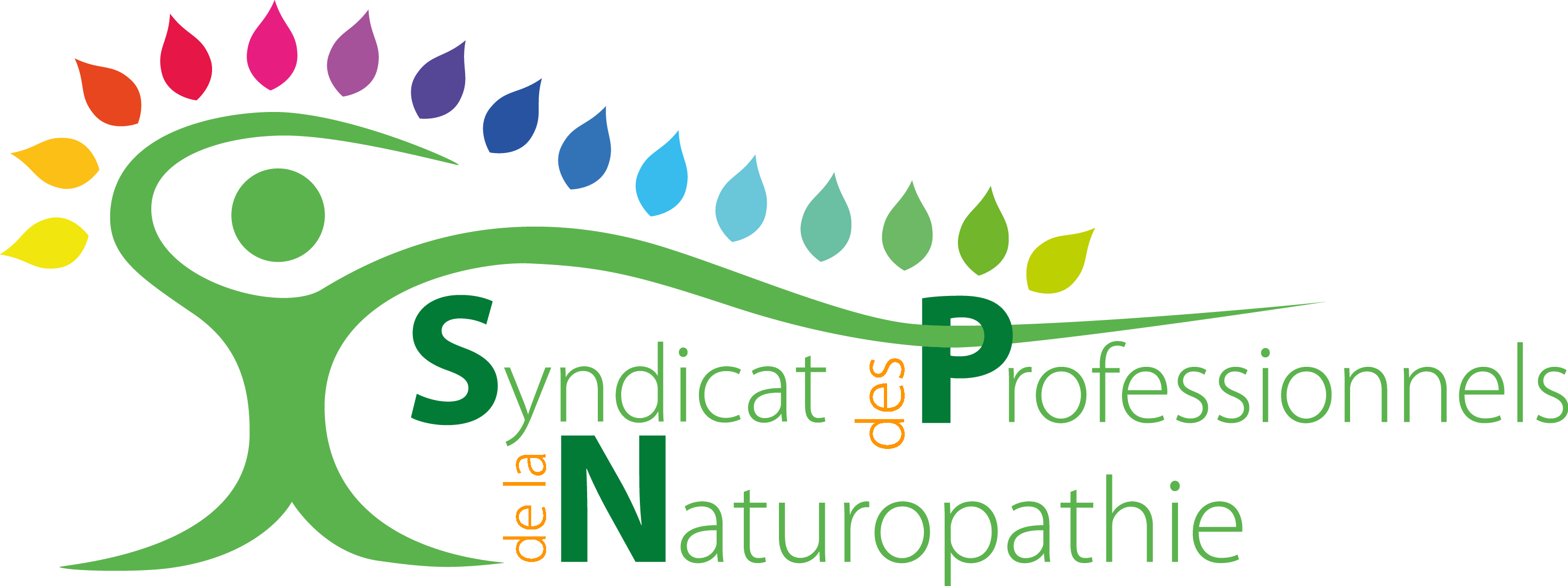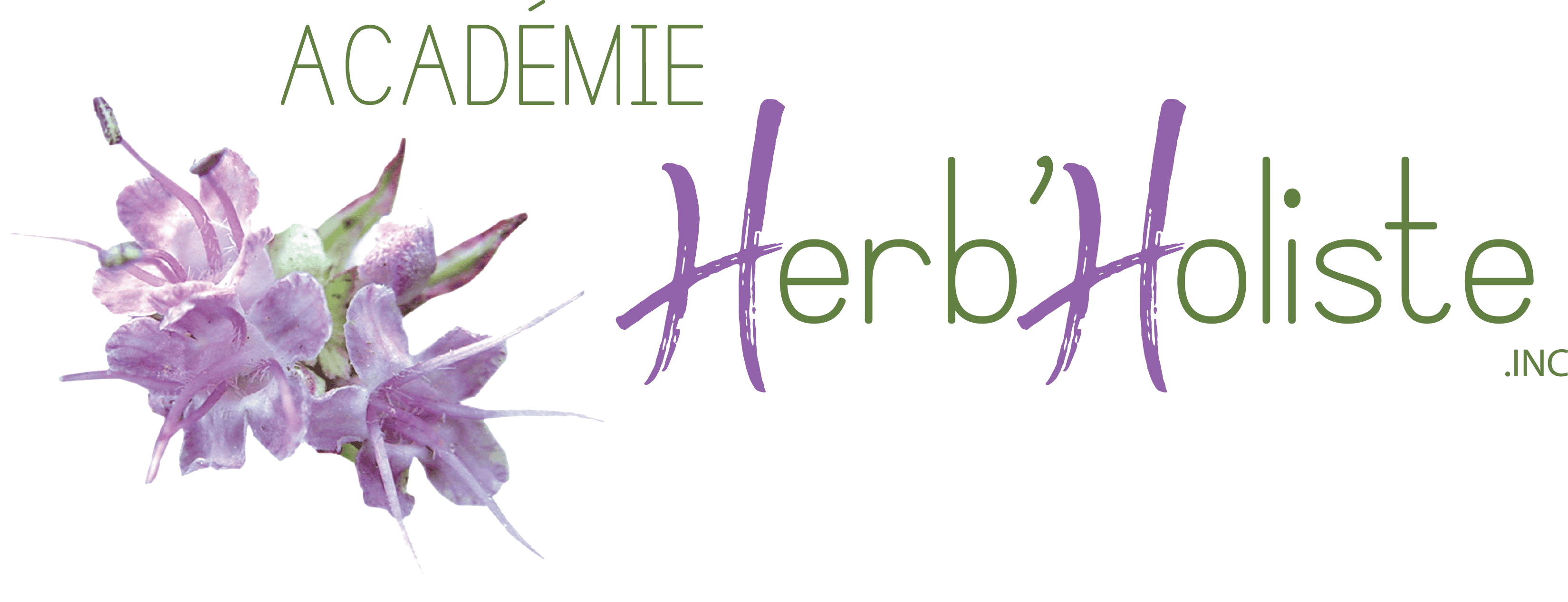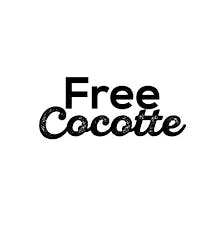Phyto-Energetics
Course Overview
This course offers an immersion into phyto-energetics, where the wisdom of medicinal plants meets the foundations of Traditional Chinese Medicine. Students explore the major therapeutic plants through a lens that integrates therapeutic, energetic, and symbolic dimensions.
Each plant is studied in detail—its traditional uses, recommended dosages, contraindications, and safety precautions. The course also examines the various methods of preparation and use—including infusions, tinctures, and essential oils — with special emphasis on aromatherapy as a subtle means of acting on both the physical and emotional levels.
Drawing on the principles of Chinese energetic medicine, students learn to refine plant selection based on each individual’s constitution, energetic imbalances, and specific needs, leading to a more precise, harmonious, and deeply personalized approach to natural healing.
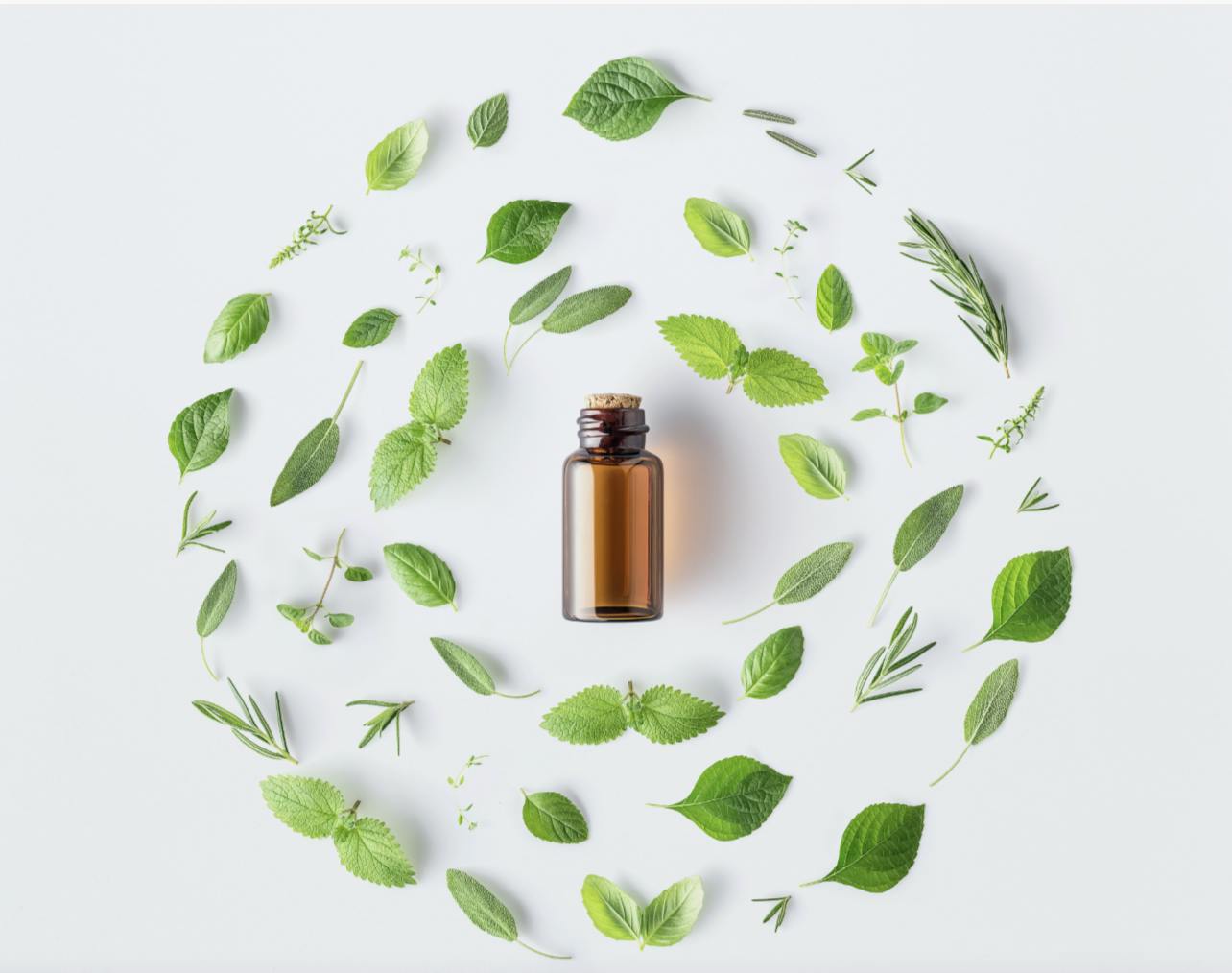
Among the roughly 2,000 plants identified in herbal medicine, this phyto-energetics course highlights those recognized as the most potent and effective, according to the latest scientific research. These plants act deeply at the source of imbalances. Some of them, despite having a wide range of uses, share the same energetic origin, which explains their versatility. Thus, equivalencies may exist between different plants, and we have highlighted the contexts in which each offers the best results.
Energetic medicine, especially Chinese medicine, places a high importance on plants and aromas. This modern discipline, inspired by ancient traditions, uses aromatic flavours to balance the energies of the body. Phyto-energetics today invites you to take this subtle and profound path. It's up to you to make the connection... and to commit fully.
Included teaching methods:
- Online E-Learning: an interactive, motivating, and effective learning method.
- Printable course booklets
- Online exams
- Access to the student centre
- Videos and virtual library.
Course content description
Student Guide - Energetics
- Yin and yang or the “tao” (the way)
- The five elements or 5 movements
- Energetic coupling
- Physiological concepts
Phytotherapy
- Origin of the plant
- Choosing the most active part of the plant
- Plant harvesting and preservation
- In what forms to use the plant?
- Infusion, decoction, maceration
- Fresh plants
- Capsules, essences
- Manufacturing process
- Family of plants with essences
Aromatherapy
- Method of use
- Index of conditions and plants
- Plants and the 5 elements
- Study of medicinal plants
- Origin, description, constituents, utility, dosage Aesculus Angelica Birch
- Cinnamon Eleutherococcus Eucalyptus
- Ginseng Witch Hazel Marjoram Evening Primrose
- Lesser periwinkle Valerian Alfafa tonic
Fire element
- function, disorders, trace element
- Origin, description, utility, dosage
- Pineapple, burdock, lemon
- Cypress, ash, bean
- Konjac, bilberry (berry), sage
- Tonic pollen Garlic, hawthorn, borage
- Poppy, escholtzia, ash, mistletoe, kola, olive tree
- Passionflower, rosemary, red vine
- Wheat germ, anise, activated charcoal
- Coriander, fennel, fumitory
- Psyllium, mallow, horsetail Savory, lemon balm
Earth element
- function, disorders, trace element
- Ballote, buckthorn, ground ivy
- Niaouli, pine, senna Echinacea tonic
- Mullein, clove, white horehound
- Nettle, plantain, thyme Spirulina tonic
Metal element: function, disorders
- Bamboo, bearberry, boneset
- Fennel, devil's claw, white deadnettle
- Corn silk (stigmas), Java tea, mouse-ear hawkweed, horsetail,
- cherry stems, willow Canadian fleabane
- Ylang ylang tonic Heather, couch grass, ephedra
- Butcher's broom, hops, brewer's yeast
- Bilberry, wild pansy, dandelion, meadowsweet, sarsaparilla, tea Algae tonic
Water element
- function, disorders
- Mugwort, linden sapwood, carrot
- Milk thistle, fenugreek, ginger Lavender, sweet clover
- Yarrow, papaya, grape
- Royal jelly tonic
- Artichoke boldo blackcurrant chrysanthellum americanum
- germander gugulon soy lecithin mint menyanthes
- Grapefruit black radish
- Guarana tonic
Wood element
- Function, disorders
- Mugwort artichoke, linden sapwood, boldo, carrot, blackcurrant
- Milk thistle, Chrysanthellum americanum, fenugreek
- Freeze-dried royal jelly, germander, ginger, gugulon,
- Guarana, lavender, soy lecithin, sweet clover, peppermint,
- menyanthes, yarrow, St. John's wort, grapefruit, papaya
- feverfew, black radish
Appendices
- The Doctrine of Signatures
- What are free radicals
- Fatigue Phytotherapy or mineral therapy
- About silica Soluble fibres
- Gaining, losing, and keeping off weight
- Problems and plants
- Dosage, treatment duration
- Summary table
- Knowledge review


